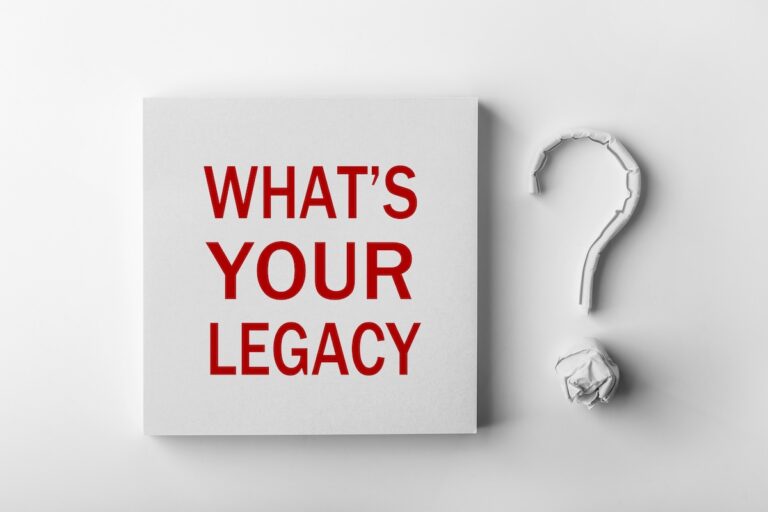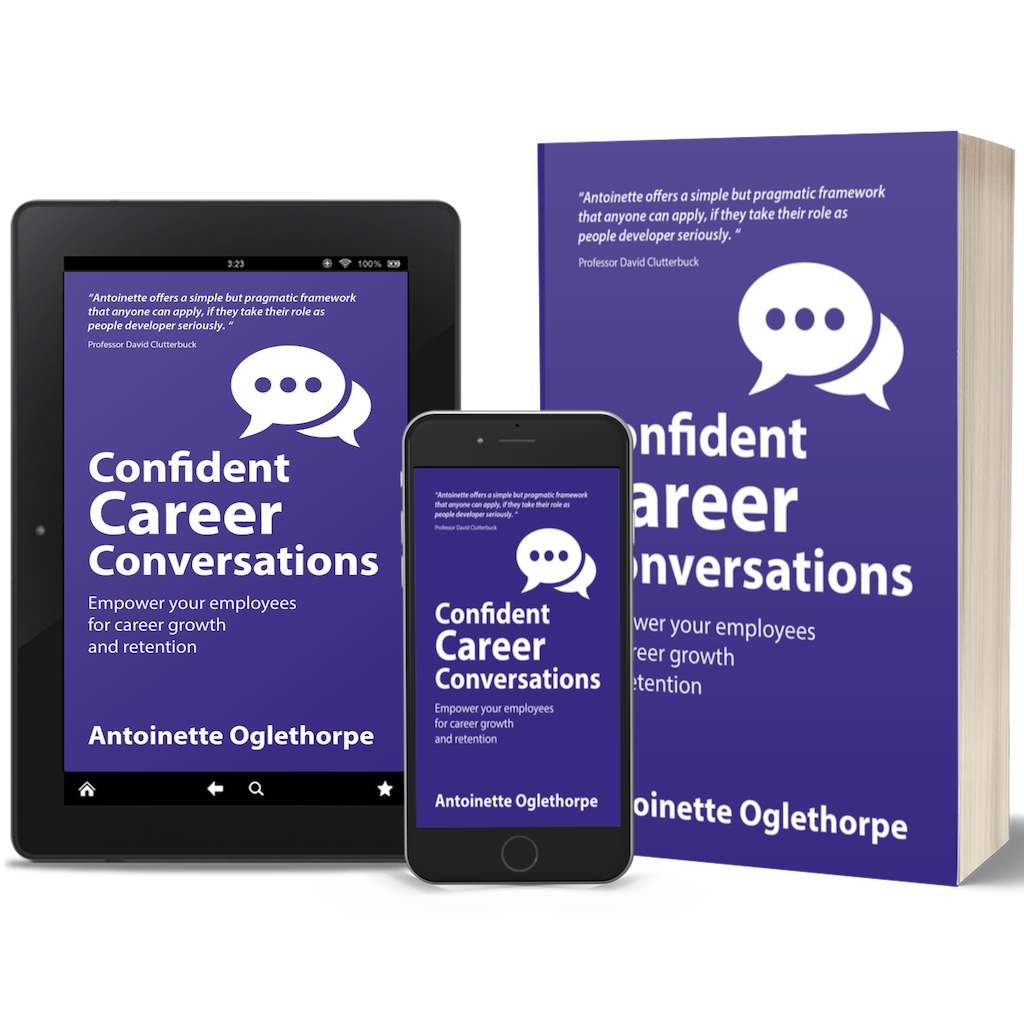A Year in the Life of a Manager Development Programme Part 9
We’re now well into the second half of the year-long Manager Development Programme. In last month’s post, I shared a mid-point review, in which I reflected honestly on our progress so far and identified areas for further work. In this, the next phase of the programme with the group, we’ve begun to look at some of the tougher situations a manager has to deal with. Situations that might cause feelings of discomfort or stress. And in the latest workshop, we looked at the subject of how to have difficult conversations at work and the challenges this problem can present us with. The overall objective? To be able to prepare for and hold conversations that take courage to initiate and skill to execute.
In preparation for the workshop, I asked each of the participants to arrive with a challenge that they were currently facing and that would eventually require them to have a difficult conversation.
I also asked them to list any subjects they’d found challenging to talk about in the past. Their responses to this request included:
- Expressing issues around personal behaviours
- Discussing personal challenges
- Airing negative messages
- Giving constructive criticism
- Managing expectations
These are all common issues that managers have to deal with regularly. They also all demand a confidence to initiate and skill to carry out effectively.
But why is this? What is it that stops us from having difficult conversations and makes them so hard to have?
What makes some conversations so difficult?
The answer is simple.
Fear.
The managers reflected on this thought and began to explore the cause of some of their fears. Reassuringly everyone in the room understood and recognised each of the causes they mentioned. They included:
“Fear of provoking an emotional reaction in the other person.”
“Others seeing me as difficult and/or obstructive.”
“Getting it wrong and not handling the issue in the right way.”
“Fear they won’t hear the message they way I intended.”
“Worry the conversation might be taken as criticism.”
“A lack of factual detail to support the message.”
The courage to speak up. What happens if you stay silent?
We then explored the results of what might happen in the workplace if a conversation that needed to happen, didn’t happen. And what might result if they allowed the situation to continue? The predicted results of doing nothing were both interesting and far-reaching. They included:
“Nothing changes and the situation worsens.”
“The person is unhappy, to the point of wanting to leave the organisation.”
“The disruptive behaviour becomes accepted as the norm.”
“Relationships become strained and stress levels rise.”
“There is a negative impact on the business.”
The key finding here was that in every case, the person who needed to have the conversation simply could not afford the results of not speaking up. This was either on a personal level or because of the potential threat to the organisation as a whole posed by their silence.
What does a courageous conversation look like?
Next, we started to define what a good, positive conversation looks like. I asked the managers:
“What does a good courageous conversation look like to you?”
“What are your experiences of courageous conversations?”
“Do you have examples you could share with us?”
This revealed the courageous conversations the managers had seen had several positive qualities:
“The person spoke with confidence and from a place of open authenticity.”
“There was lots of detail to back up the subject being spoken about.”
“The person’s tone was bright and positive and there was no shaming language.”
“They offered suggestions and possible solutions to the problem.”
“They were sensitive and chose the right place and moment to have the conversation.”
The tools to have a courageous conversation
As always, my hopes for the workshop were that it should be enjoyable and dynamic. I also wanted it to result in the managers learning practical tools and techniques that would help them structure their conversation effectively and positively. So I introduced The 4P Courage Tool.
In outline, the 4P Courage Tool helps you to have courageous conversations by taking four clear steps:
1 Prepare the facts
The more specific and detailed you can be, the more confident you will feel about delivering your message.
2 Prepare a solution
Think about how this issue can be resolved quickly and with dignity. Can other people come together to help you to prepare possible solutions or suggest ways you might resolve the situation?
3 Prepare the person
Consider what information you might need to give to the other party, so they can prepare properly. Consider both timing and the place where the conversation might take place. Do you need to speak to the person at the start of the working day or during a break? Do you need a certain level of privacy?
4 Prepare to deliver your message
Consider your mindset. To prepare for a difficult conversation, it’s important to shift your focus away from the fear of upsetting the other person. Instead, by focusing on your positive intent you will speak clearly and calmly. Be mindful of your presentation and the tone of your voice. Can you raise the issue without sounding too critical, aggressive or vague?
Common challenges and courageous conversations
At the start of the session I had asked the managers to arrive with a challenge that they were currently facing and that would eventually require them to have a difficult conversation. These challenges included:
“I’ve been tasked with finding out what’s going on with one of my team. The HR department has an automatic trigger that’s alerted if someone has too many days off sick. I’ve been told I have to find out what’s going on and if they’re breaking company policy. I’m sure they’re not, but it’s a sensitive subject, isn’t it?”
“One of my employees wants a promotion and has asked me to help her. The trouble is, I don’t feel she’s ready to take the step up – and I have to find a way to explain that to her that’s not going to upset or offend her.”
“I need to talk to one of my team. His career conversation highlighted that he wants to expand his technological skill set. The trouble is, I don’t think that’s going to be possible in his current role. I need to manage this in a way that means he doesn’t leave us because he’s a really valuable member of staff.”
With their contribution and the reflections they’d made, the managers left the workshop armed with a clear understanding of how they could handle those difficult conversations with confidence and with courage.
In the next post, we’ll see how they got on with their particular challenges.




3 thoughts on “How to Have Difficult Conversations at Work”
A brilliant and comprehensive summary – thank you Antoinette! This article is constructive, concise and is absolutely on the button.
Excellent article, Antoinette and thank you for sharing. The 4P tool is a very helpful approach for anybody facing one of these dreaded conversations.
Hope all’s well with you. Duncan
Well articulated and evidence based piece. You gotenough concrete fact to back one of to deliver or facilitate the difficult communication with confidence and ease